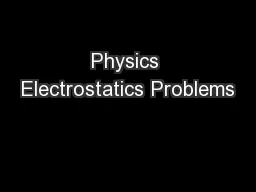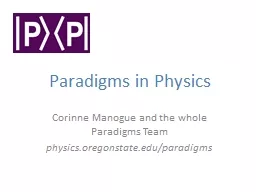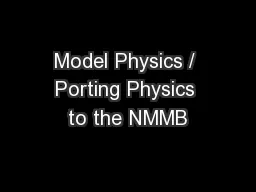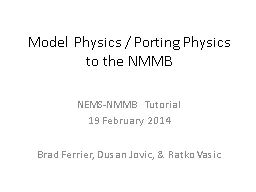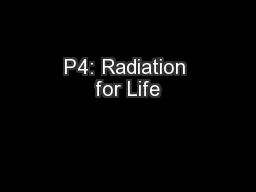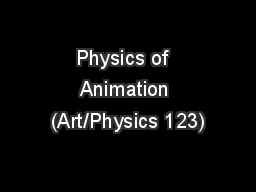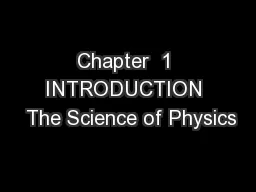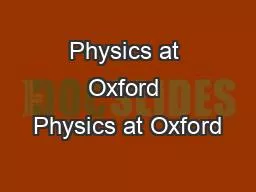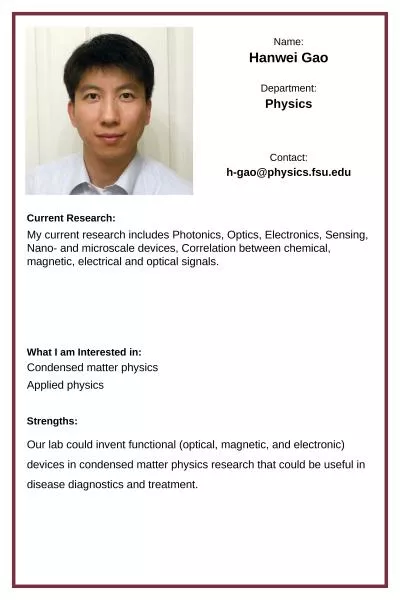PPT-Physics Electrostatics Problems
Author : ellena-manuel | Published Date : 2019-03-15
Science and Mathematics Education Research Group Supported by UBC Teaching and Learning Enhancement Fund 20122015 Department of Curriculum and Pedagogy FACULTY
Presentation Embed Code
Download Presentation
Download Presentation The PPT/PDF document "Physics Electrostatics Problems" is the property of its rightful owner. Permission is granted to download and print the materials on this website for personal, non-commercial use only, and to display it on your personal computer provided you do not modify the materials and that you retain all copyright notices contained in the materials. By downloading content from our website, you accept the terms of this agreement.
Physics Electrostatics Problems: Transcript
Download Rules Of Document
"Physics Electrostatics Problems"The content belongs to its owner. You may download and print it for personal use, without modification, and keep all copyright notices. By downloading, you agree to these terms.
Related Documents

